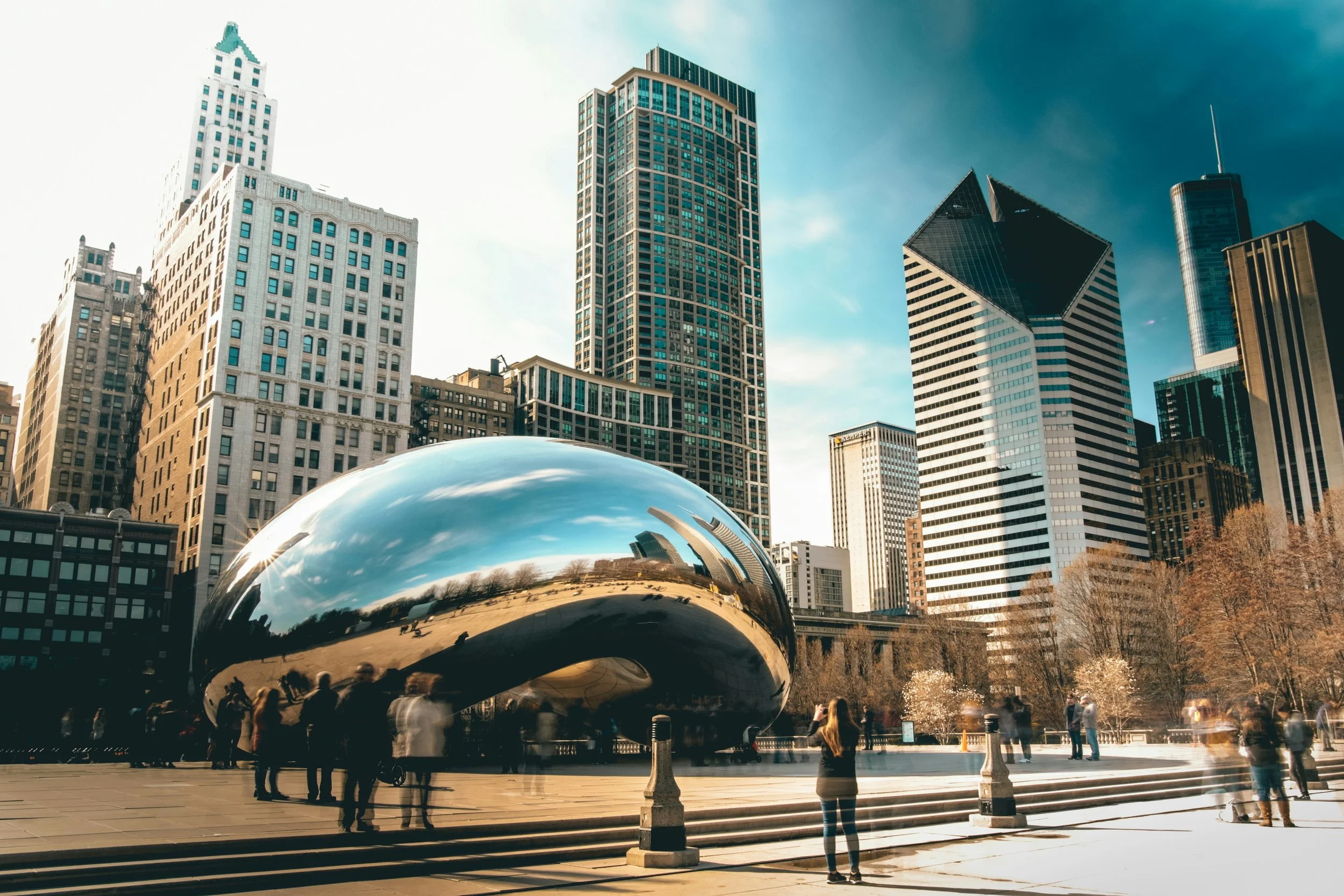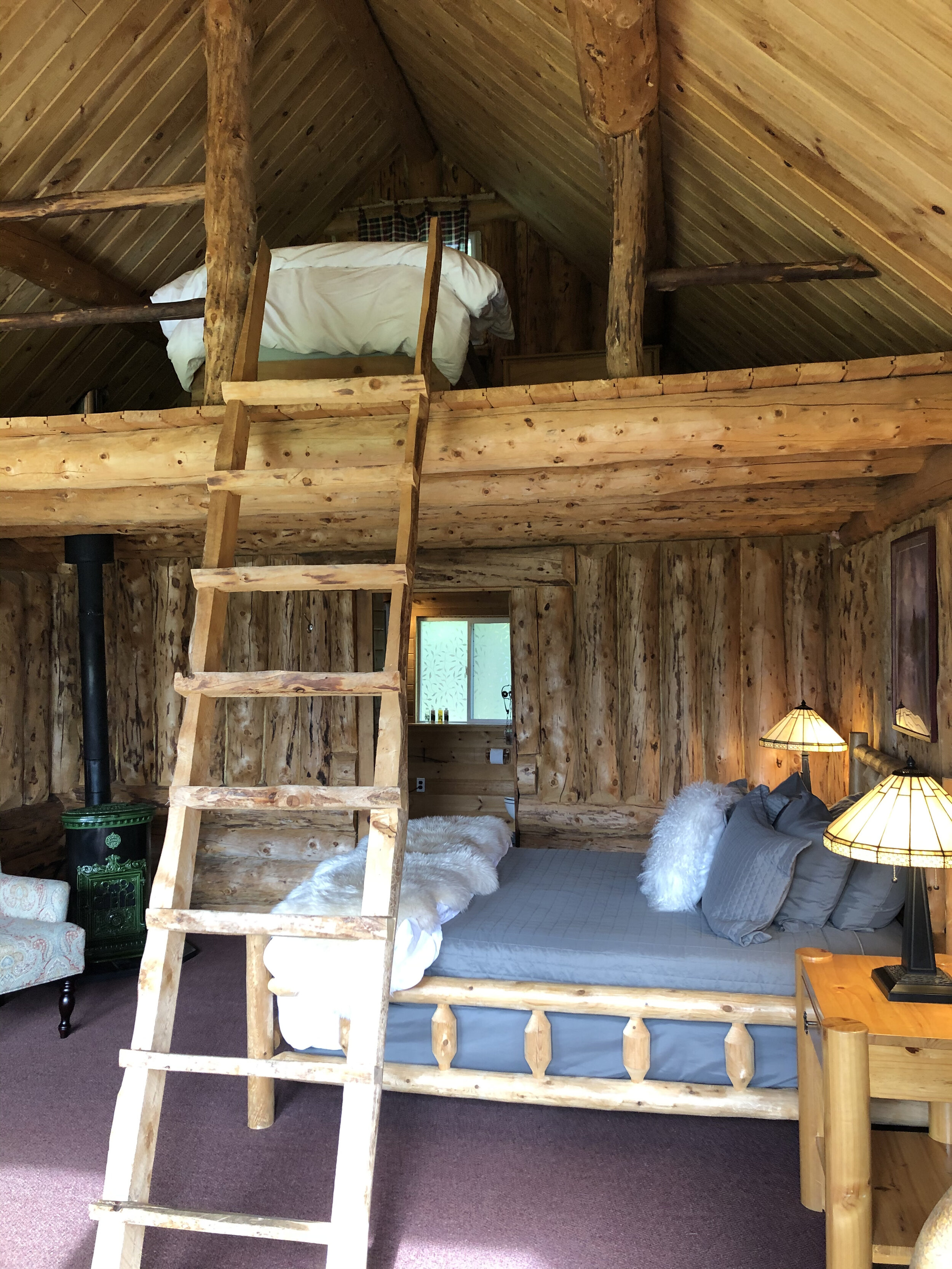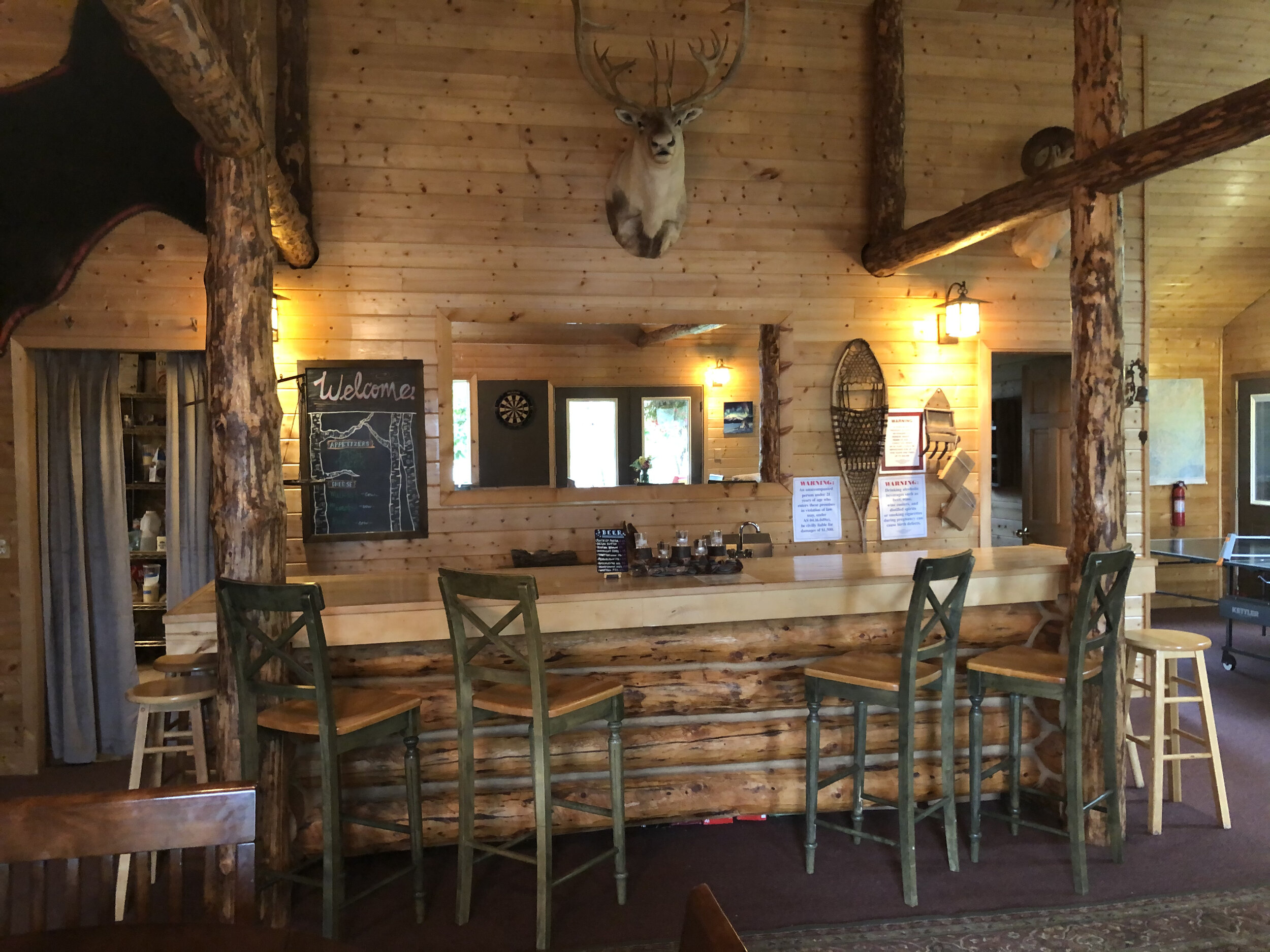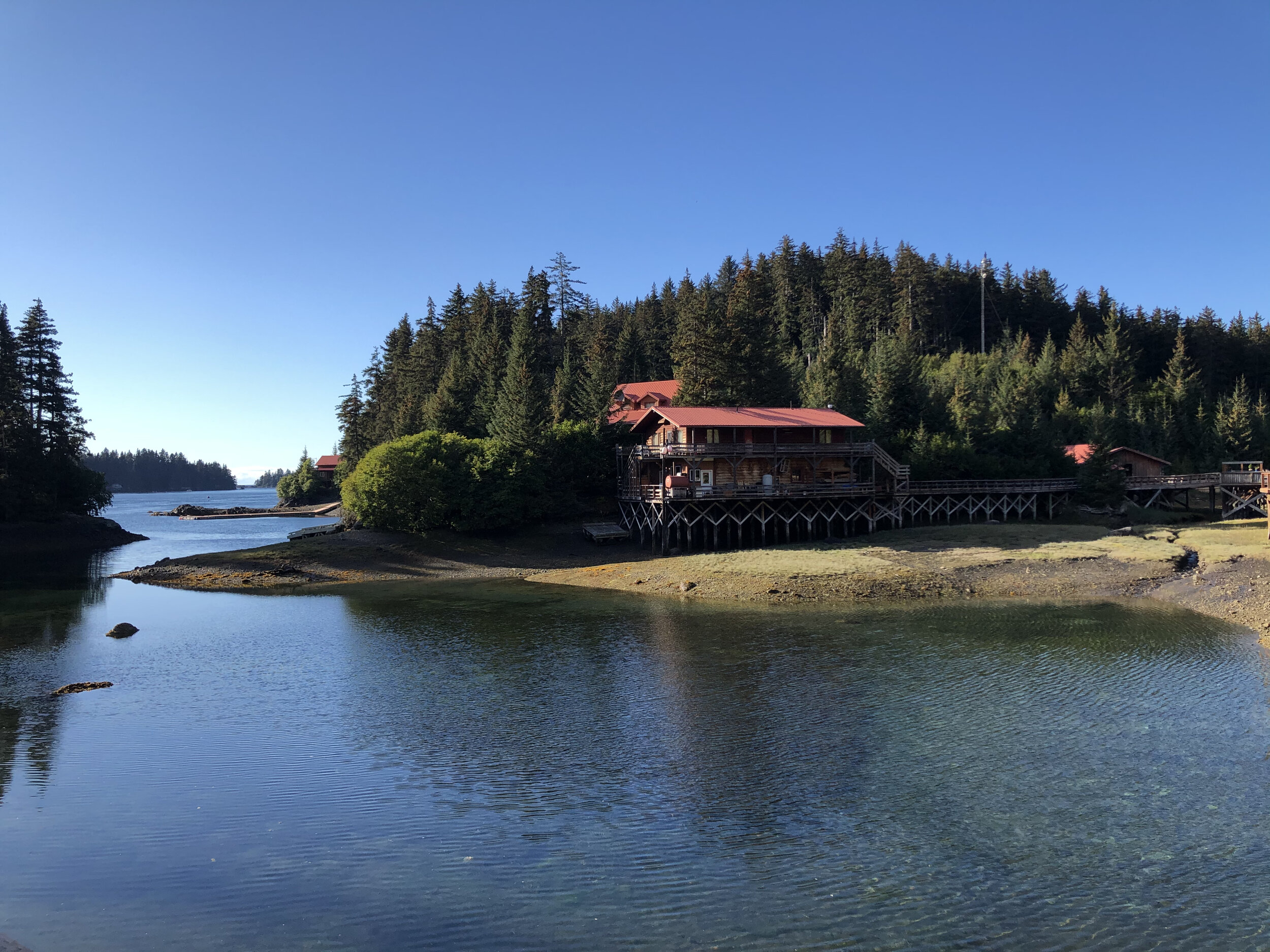As an incentive agency, we are always striving to propose incentive destinations that likely rank high among potential participants. To give this task more scientific credibility, we recently designed a simple survey and distributed it to 150 independent or third-party event planners (i.e., excluding corporate planners) in 23 countries—mostly in North America, Western and Eastern Europe, Asia, Central and South America, and Oceania. The respondents were asked to rank their choice of ten “best” incentive destinations in the world. However, the stipulation was to rank counties—not just one city—according to the following criteria. The instructions were straight-forward: Rank incentive destination countries based on the following 10 criteria:
General Appeal—the country must have broadest possible appeal among potential incentive travel winners.
Diversity—the destination must offer a wide range of potential activities or internal excursions to appeal to the broadest range of participants.
Ease of Access—the destination must be relatively easy to get to and around.
Infrastructure—the destination must have an advanced transportation system for movement within the destination/country, as well as hotels and venues in several categories, dining establishments, and other requirements in target cities for a seamless event.
Safety—the destination must be perceived by potential participants as safe in every respect (from crime to public safety, etc.).
Hospitality—the destination must exude a genuine sense of welcome to visitors.
Cultural Value—the destination must offer a wide range of art and cultural offerings and institutions with the broadest appeal.
Political Stability—the destination must feel safe to potential participants in terms of political system and institutions.
Sustainability—the destination must genuinely support sustainable and eco-friendly practices.
Value for Money—the destination must offer affordable options for a wide range of incentive programs—some potentially with limited budget.
To our pleasant surprise, we received 143 responses from planners in 21 countries—that is a whopping 95% response rate! What follows is a ranking of the top 10 destinations/countries in the world considered to be the most desirable and/or sought after for incentive travel.
1. Canada
Canada was the only destination that ranked first on all criteria. Canada is a land of diverse landscapes, vibrant cities, and rich cultural heritage. It offers an array of experiences for travelers, making it an ideal incentive destination. Whether the purpose of the incentive trip is adventure, relaxation, or a bit of both, Canada offers something for everyone. With its warm and genuinely-hospitable population, Canada provides an unforgettable experience that will leave potential participants inspired and rejuvenated.
2. France
France—in particular Paris, the City of Lights—exudes romance and sophistication, making it an ideal destination for incentive trips. France offers an array of iconic cities and landmarks. The country’s culinary scene is unparalleled. Attendees can enjoy a variety of activities, including tours of historic sites, wine tastings in many regions of France, or settle for shopping in haute couture boutiques in Paris.
3. Japan
For a blend of modernity and tradition, Japan stands out as a top incentive destination. The country has several bustling metropolises with cutting-edge technology, vibrant nightlife, and serene temples. Incentive travelers can experience authentic Japanese culture through many unique experiences and visits to ancient shrines throughout the country. In Tokyo, luxury hotels and impeccable service ensure a comfortable and memorable stay for high-end incentive programs.
4. South Africa
South Africa conjures up a variety of wildlife adventures. Cape Town, in particular, offers a unique combination of natural wonders and cosmopolitan flair. Nestled between the ocean and Table Mountain, the city provides breathtaking views and diverse activities. Incentive groups can embark on wildlife safaris, explore the scenic Cape Winelands, and visit Robben Island. There are fine dining restaurants, boutique hotels, and vibrant art scenes in many corners of South Africa to add to the country’s appeal as a rewarding destination.
5. Australia
Australia is blessed with several first-rate cities considered as perfect incentive destinations. For example, Sydney’s iconic landmarks, such as the Sydney Opera House and Harbour Bridge, make it a captivating choice for incentive travel. In several Australian cities, there are stunning harbors, beautiful beaches, and lively cultural scenes for memorable incentive programs.
6. UAE
Dubai and Abu Dhabi are synonymous with luxury and innovation, making them exceptional incentive destinations. Both Emirates boast futuristic architecture, opulent resorts, and world-class shopping. In Dubai, for example, incentive travelers can experience desert safaris, dinner cruises on the Dubai Creek, and visits to palaces.
7. Costa Rica
For those seeking an eco-friendly and adventurous incentive destination, Costa Rica is a top contender. The country’s diverse ecosystems, from rainforests to beaches, offer a wealth of outdoor activities. Costa Rica’s commitment to sustainability and its welcoming culture make it a rewarding and enriching destination.
8. Iceland
Iceland provides a unique and otherworldly setting for incentive travel. The country is a vast and stunning natural landscape, including geysers, glaciers, and waterfalls. Incentive travelers can soak in geothermal hot springs, explore ice caves, and witness the Northern Lights. In Reykjavik there are many boutique hotels, vibrant nightlife, and culinary delights to ensure a memorable and extraordinary experience.
9. New Zealand
New Zealand is renowned for its breathtaking scenery and adrenaline-pumping activities everywhere. New Zealand has so much to offer to incentive travelers. Queenstown, for example, is nestled on the shores of Lake Wakatipu and surrounded by mountains, offering a picturesque backdrop for incentive travel. Attendees can engage in a variety of outdoor activities everywhere. New Zealand’s luxury lodges and warm hospitality make it an inviting destination for rewarding achievements.
10. Italy
Several Italian cities are considered the cradles of the Renaissance, with unparalleled art and history. Rome, Milan, and Florence, for example, all have magnificent architecture, world-class museums, and charming streets making them inspiring incentive destinations. Travelers can enjoy guided tours of exceptional galleries and historic palaces. The country’s luxurious hotels and exquisite cuisine add to the allure of rewarding top performers in many of Italy's cities.
Conclusions
There are many first-rate destinations worldwide that would qualify as a desirable incentive destination for an incentive program. The purpose of this survey was to find a common theme among event planners worldwide as to what destination(s) would make their list of top ten. This survey, however, is by no means intended to exclude many other exciting destinations using different selection criteria by organizers.
We plan to repeat this survey, this time asking corporate planners for their vote. It will be interesting to compare the results once that survey is carried out. Stay tuned.
*©2025 The Maxxus Group, Ltd.
This study was conducted by our parent company, the Maxxus Group, with assistance and participation of planners from many parts of the world.







































































